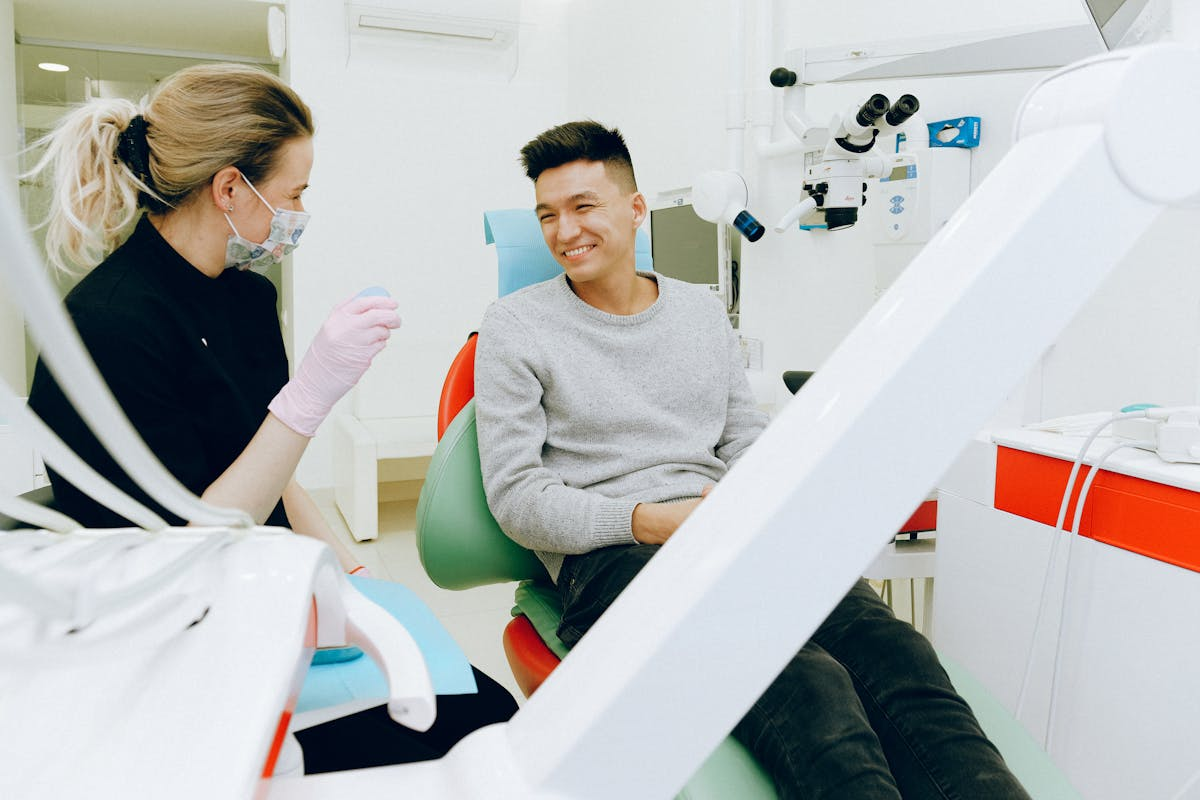According to a new study conducted by the World Health Organization (WHO) and the University of Bristol, the global estimate for herpes infection is higher than previously thought. The results show that over 3.7 billion people under the age of 50 are infected with the virus that commonly causes ‘cold sores’ and is capable of causing genital herpes – herpes simplex virus type 1.
Herpes simplex virus 1 (HSV-1) and herpes simplex virus 2 (HSV-2), are the two types of herpes classification. While both types are very infectious and incurable, HSV-1 is often transmitted through oral contact, while HSV-2 is almost exclusively a sexually transmitted infection.
HSV-1 most often manifests as orolabial herpes – or ‘cold sores’ around the mouth – and HSV-2 is the primary cause of genital herpes. According to the WHO research published in the journal, PLOS ONE, HSV-1 can also cause genital herpes.
The study estimates that approximately 140 million people between the ages of 15 and 49 are infected with genital HSV-1, with infected individuals living primarily in the Western Pacific, the Americas and Europe. A separate study conducted by the WHO earlier this year showed that an estimated 417 million people in the same age range are infected by HSV-2.
When combined, these two studies estimate that over half a billion people under 50 are infected by HSV-1 or HSV-2. This is the first time the immense global burden of herpes infection has been highlighted in a WHO study.
“These findings highlight the crucial need for the health community to take into account infection by both HSV types when addressing the global burden of genital herpes,” said Dr. Sami Gottlieb, a researcher at the WHO and an author on the study. The study’s lead author and a researcher from Bristol’s School of Social and Community Medicine, Dr. Katharine Looker said, “It is likely that in higher-income settings, fewer people are becoming infected with HSV-1 as children.
“At the same time, oral sex is now common,” said Looker. “This means that more people are able to be infected with HSV-1 genitally after becoming sexually active.”
These alarming statistics only serve to further highlight the lack of curative treatments available for HSV-1 and HSV-2 infection. According to the WHO, they are working with a number of partners in order to hasten the development of vaccines to prevent the spread of the virus, along with topical microbicides to treat those already infected. They say that several experimental vaccines and microbicides are being tested for effectiveness against the virus.
Sources:
- You Probably Have Herpes, WHO Study – http://www.biospace.com/news_story.aspx?StoryID=396976&full=1
- Looker, K., Magaret, A., May, M., Turner, K., Vickerman, P., Gottlieb, S., and Newman, L. (2015). Global and Regional Estimates of Prevalent and Incident Herpes Simplex Virus Type 1 Infections in 2012. PLOS ONE.












Join or login to leave a comment
JOIN LOGIN